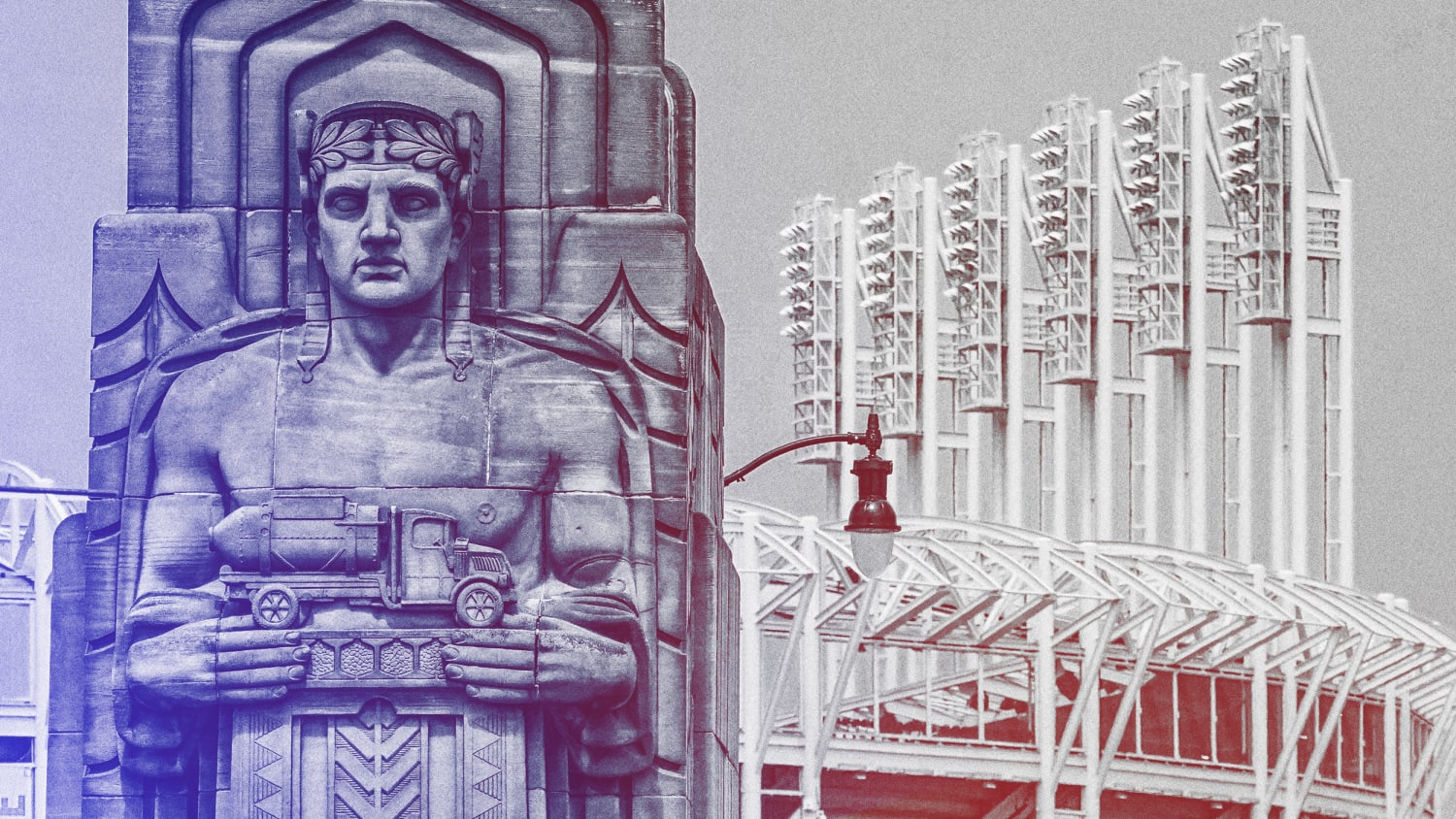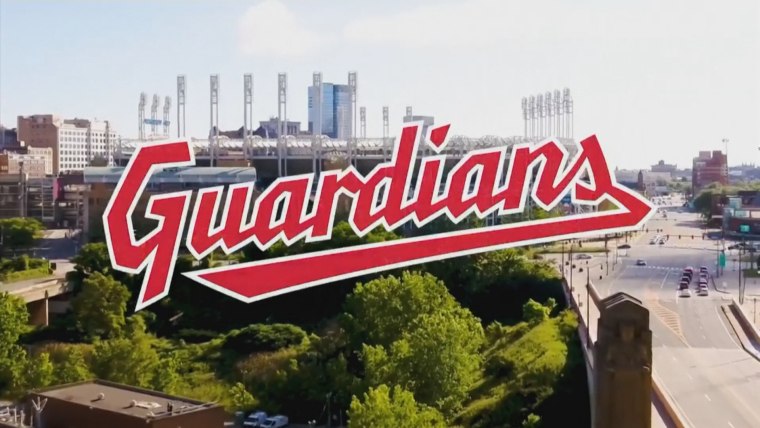Cleveland’s decision to change the name of its baseball team to the Guardians is the latest move in a growing effort to rid major league sports of racist symbols, but experts and advocates say the work is far from done.
Many such representations of Indigenous peoples remain on the local level at thousands of public schools and colleges across the nation, they say.
Some change has already been happening, slowly over decades. In Hot Springs, Montana, the Savages became the Savage Heat, and in Vermont the Rice Memorial Little Indians became the Green Knights. Yet, more than 1,800 K-12 school teams still use Native American-related mascots, according to the National Congress of American Indians.
Indigenous activists and mental health researchers say schools and sports teams should move faster to remove them, because the well-being of Indigenous children is at stake.
Negative stereotypes of Native Americans “as aggressive and primitive are a direct result of viewing Native American mascots,” said Stephanie Cross, a doctoral candidate in the psychology department at the University of Oklahoma and a citizen of the Comanche Nation.
Cross said her research on such mascots showed that their continued use affects how Native American people perceive themselves and what they are capable of, and also reinforces racial stereotypes and myths held by non-Indigenous people.
Multiple studies from the last decade came to similar conclusions. According to a research report compiled by the Oneida Nation in 2013, the widespread use of Native American imagery and stereotypes in sports caused Native American participants to report lower self-worth. That same report also concluded that Native American mascots encouraged the use of racial slurs — such as the one in the former name of the Washington Football Team — by non-Indigenous people, which is “associated with higher levels of depression, substance abuse, suicidality, increased pain and maladaptive health behaviors among Native American adults, adolescents and children.”
Some advocates worry that with high-profile teams such as Cleveland and Washington doing away with some of the most egregious examples, most people will move on from the issue, feeling it has been resolved. But with so many schools still using these mascots, advocates and researchers say now is not the time to let up the pressure. They’re also calling for more research to help the public understand the impact of such stereotypes on children.
“I feel like that’s a conversation that should be continued, especially when we’re talking about how does this affect our Native students, and non-Native students, really,” Cross said.
Battles over the removal of racist mascots at schools have often been met with protests by mostly white alumni or been dragged out for years by school boards that say they have to study the issue first. This year, more than a dozen schools have either retired a Native American mascot or changed their team’s name. More than 770 schools use “Indians” as a team name, and nearly 100 still use the former name of the Washington Football Team, according to the National Congress of American Indians.
Indigenous peoples have been fighting the use of mascots like Cleveland’s since at least the 1960s, when the National Congress of American Indians began advocating for their removal. That work has continued in the form of numerous grassroots efforts led by Indigenous people, many times by students and student-athletes.
“Not only are they trying to remove those mascots, but they’re trying to be seen, and create more positive representation,” said John Little, a Standing Rock Dakota filmmaker, whose 2017 film “More Than a Word” explored the harmful effects of Native American mascots.
Little met hundreds of Native American high school and college students while screening his film at universities. He said the stereotypes they regularly encountered felt like additional barriers to overcome on campuses where they already felt out of place.
“That’s something you’d hear, just how mentally exhausting it was,” he said. “They’re not seen as human beings on campus because people think of them in certain kinds of stereotypical ways.”
Maine passed a ban on Native American-related mascots in 2019, and states including Oregon, California and Massachusetts have passed similar measures, citing the hostile nature of certain names. Last month, the Kansas City Chiefs announced it would retire its on-field mascot, a horse named Warpaint, but it will keep the team name.
Phil Gover, the founder of Sovereign Community School in Oklahoma City , said that the changes happening now go beyond what he thought would be possible in his lifetime. Gover, who is of Paiute, Pawnee and Comanche descent, was one of the original plaintiffs in a case that in 2015 temporarily revoked the trademark rights of the Washington Football Team after a court ruled that the team’s name at the time was disparaging.
Team owner Dan Snyder said repeatedly that he would never change the team’s name, Gover noted, but public pressure — in large part following the police killing of George Floyd —bolstered the argument of Indigenous activists. Prior to that, “We didn’t have a lot of leverage over the NFL,” Gover said.
Soon, local teams of the same name, like the Oklahoma high school football powerhouse Tulsa Union, followed suit.
The school “just seemed like one of those places where you were never going to get them to change that,” Gover said. “And I was wrong. I was totally wrong. The momentum of all this happening, we can’t overstate how much it matters.”
But public consciousness fades quickly, he said. “If folks want to make a move to push districts to make that change, now is the time.”
The removal of Native American mascots is just the first step to improve the lives of Indigenous children, Gover said. The next is better representation of Indigenous histories and cultures in textbooks. Studies of Indigenous people are rarely part of public school curriculum — and when they are mentioned, it is often only in the context of the past. Only 13 percent of public schools standards in the United States portray Indigenous peoples in a post-1900 context, according to a 2015 study.
Now, he is concerned that amid the national debate over critical race theory in schools and the ongoing battle over how much of America’s past students should learn, Indigenous stories will be further erased.
“Our kids will see benefits from not seeing [Native American mascots] and being in healthier environments,” he said, but he wonders: “What are we teaching our kids, and are we going to be allowed to teach our history?”
Source: | This article originally belongs to Nbcnews.com










